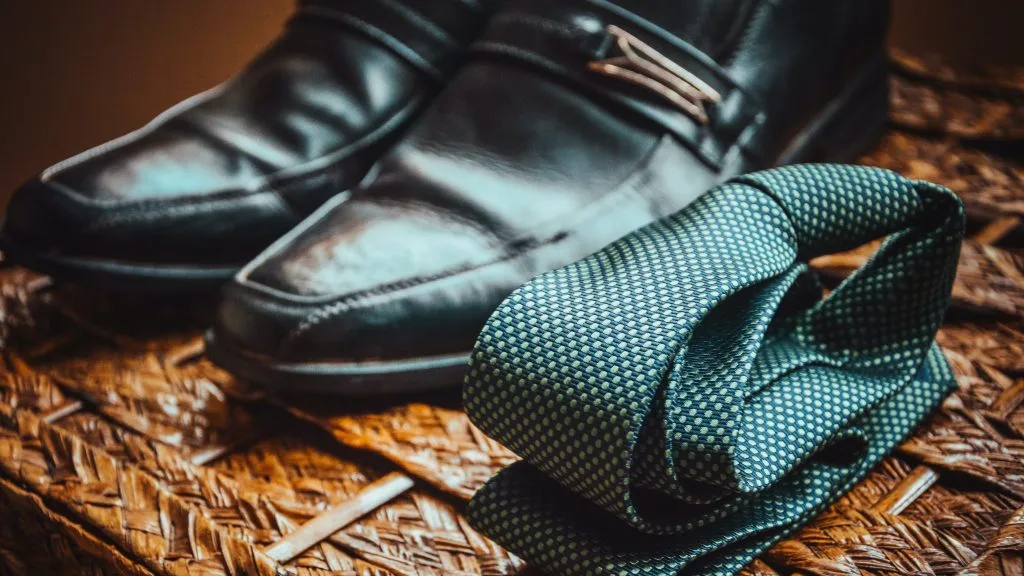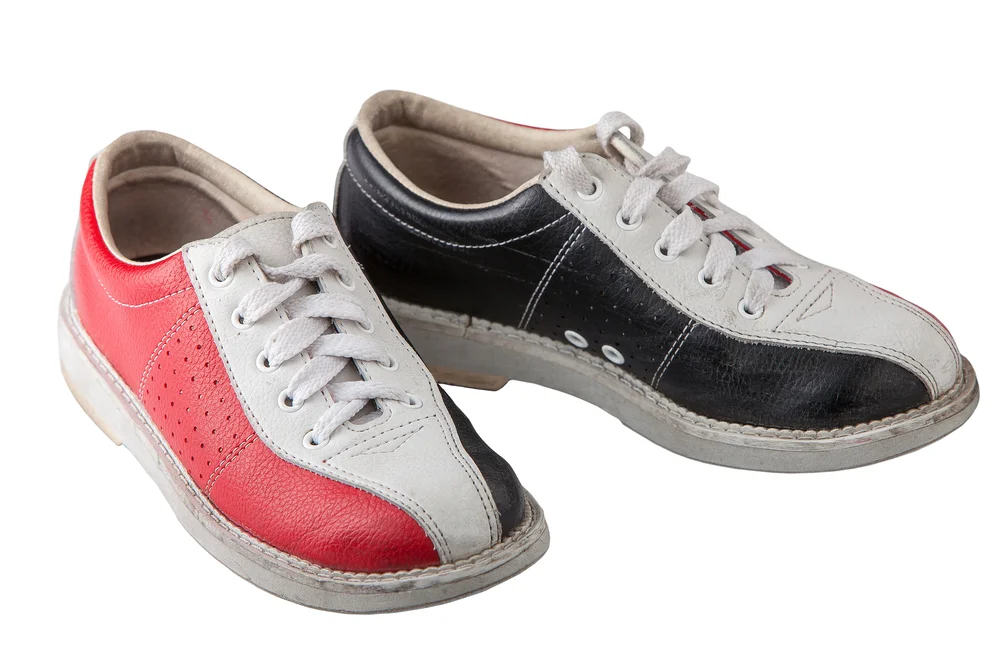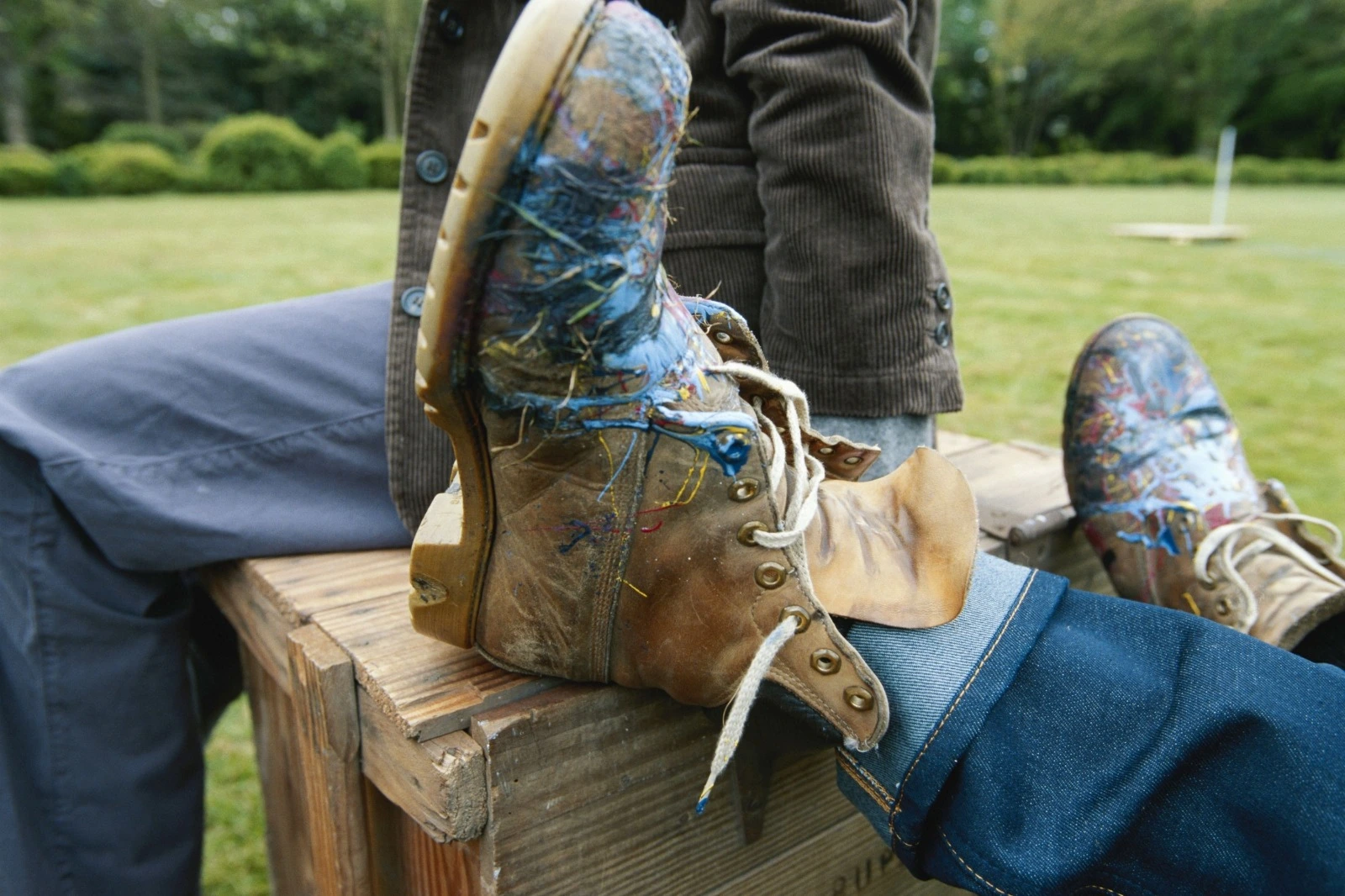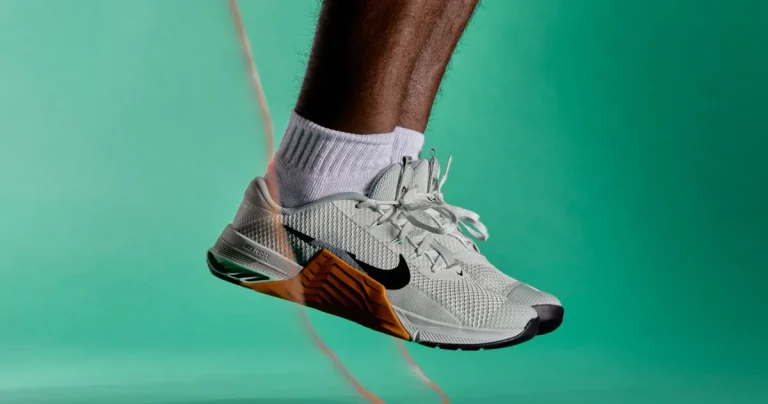The History Of Tennis Shoes
Tennis shoes have become an essential part of our lives, both in sports and everyday activities. These shoes, specifically designed for playing tennis, have a fascinating history that dates back centuries. In this blog post, we will explore the origins and evolution of tennis shoes, their impact on sports, culture, and fashion, as well as the technological advancements that have shaped them. Join us as we delve into the captivating journey of tennis shoes and discover how they have become an integral part of our modern world.
The development of the tennis shoe
The tennis shoe has come a long way in its development over the years. From its humble beginnings to the technologically advanced footwear we have today, the evolution of the tennis shoe is a fascinating story.
The key milestones in the development of the tennis shoe highlight the innovations and changes that have shaped its design and functionality. Join us as we take a journey through time to discover how the tennis shoe has transformed from a simple sports shoe to a high-performance marvel.
Read More: Best Men’s Tennis Shoes For Flat Feet
Read More: Best Tennis Shoes Under $100
Early Origins of Tennis Shoes
The origins of tennis shoes can be traced back to ancient times when people engaged in various sports activities. In those early days, people used rudimentary footwear made from materials like animal hides and plant fibers to protect their feet during physical activities.
However, it was during the 19th century that a significant development took place in the creation of tennis shoes. The introduction of rubber-soled shoes revolutionized the way people played sports. The rubber soles provided better traction and grip on the playing surface, enhancing the performance of athletes.
These early tennis shoes were simple in design, featuring canvas uppers and rubber soles. They were lightweight and flexible, allowing players to move swiftly on the tennis court. The adoption of rubber soles marked a crucial turning point in the evolution of tennis shoes, setting the stage for further advancements in the years to come.
As we delve deeper into the history of tennis shoes, we will uncover the remarkable journey of how these humble beginnings paved the way for the modern, technologically advanced tennis shoes we know today.

The Rise of Tennis Shoes
The rise of tennis shoes can be attributed to several key factors that propelled them into popularity. The introduction of lightweight and breathable canvas sneakers provided comfort and flexibility, making them a favorite among tennis players.
The emergence of iconic basketball shoes like Converse All-Stars further contributed to the rise of tennis shoes, as their rubber soles and ankle support enhanced stability and traction on the court.
As tennis shoe design and materials evolved, with the incorporation of cushioning technologies and durable materials, their popularity extended beyond tennis to other sports like basketball and running. Tennis shoes also became a fashion statement, with sneaker culture and endorsements from athletes and celebrities boosting their appeal. The combination of comfort, performance, and style made tennis shoes an essential part of our lives.
Tennis Shoes in Sports
Tennis shoes have played a crucial role in enhancing the performance and safety of athletes in various sports. In this section, we will explore the impact of tennis shoes in sports and how they have evolved to meet the specific needs of athletes.
In tennis, specialized tennis shoes have been developed to provide players with the necessary support, stability, and traction on the court. These shoes often feature durable outsoles with patterns designed to grip different court surfaces, allowing players to make quick movements and change directions with ease.
The influence of tennis shoes extends beyond the tennis court. Many athletes in sports like basketball, running, and cross-training also rely on tennis shoes for their performance benefits. The lightweight construction, flexibility, and advanced cushioning systems of tennis shoes make them suitable for a wide range of athletic activities.
Tennis shoes have become an integral part of sports, offering athletes the comfort, support, and performance-enhancing features they need to excel in their chosen fields. Whether on the tennis court or in other sports arenas, tennis shoes continue to play a vital role in helping athletes reach their full potential.

Cultural Impact of Tennis Shoes
Tennis shoes have had a significant cultural impact, extending beyond their functional use in sports. In this section, we will explore how tennis shoes have become a fashion statement, contributed to sneaker culture, and influenced collaborations and endorsements with athletes and celebrities.
Tennis shoes have transcended their original purpose and become a symbol of style and self-expression. People now wear tennis shoes as part of their everyday attire, even when not engaged in sports activities. The versatility and wide range of designs available have made tennis shoes a popular choice for fashion-conscious individuals.
Sneaker culture has also emerged, with enthusiasts collecting and showcasing their prized tennis shoe collections. Limited edition releases, collaborations between brands and artists, and the resale market have all contributed to the growth of sneaker culture.
Athletes and celebrities have played a significant role in the cultural impact of tennis shoes. Endorsements and collaborations with famous sports personalities and influential figures have elevated the status of specific tennis shoe brands.
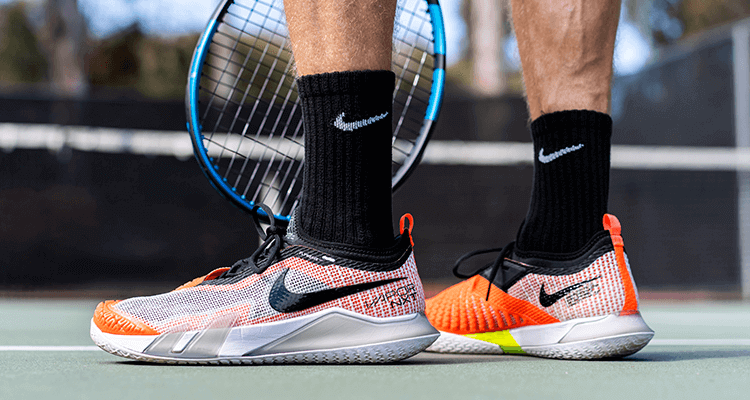
Technological Innovations in Tennis Shoes
Technological advancements have revolutionized the design and performance of tennis shoes. In this section, we will explore the key innovations that have shaped modern tennis shoes and enhanced the experience of athletes.
One significant technological innovation in tennis shoes is the introduction of cushioning systems. Brands have developed various cushioning technologies, such as air cushioning and foam-based systems, to provide superior shock absorption and comfort. These advancements help reduce the impact on joints and muscles, minimizing the risk of injuries during intense matches.
Another notable innovation is the integration of lightweight and breathable materials. Advanced synthetic fabrics and mesh uppers allow for better ventilation, keeping the feet cool and dry during long hours of play. These materials also contribute to the overall lightweight construction of tennis shoes, enabling athletes to move swiftly on the court.
Tennis shoe manufacturers have also focused on improving traction and stability. Outsoles with specialized patterns and rubber compounds are designed to provide optimal grip on different court surfaces, allowing players to make quick and precise movements. Enhanced stability features, such as midfoot shanks and heel counters, help prevent excessive foot rolling and provide better support during lateral movements.
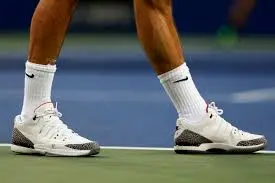
Sustainability and Ethical Considerations
In recent years, there has been a growing focus on sustainability and ethical considerations in the production of tennis shoes. This section explores the efforts made by manufacturers to address environmental impact and promote ethical practices.
One key area of concern is the environmental impact of tennis shoe production. Manufacturers are increasingly adopting sustainable practices by using eco-friendly materials, such as recycled plastics, organic cotton, and plant-based alternatives. Additionally, efforts are being made to reduce waste and carbon emissions throughout the manufacturing process.
Another aspect of sustainability is the push towards circularity. Brands are exploring ways to design tennis shoes that can be easily disassembled and recycled at the end of their life cycle. This approach aims to minimize waste and promote the reuse of materials, contributing to a more sustainable footwear industry.
Ethical considerations also play a significant role in the production of tennis shoes. Brands are increasingly focusing on fair labor practices, ensuring safe working conditions, and fair wages for workers involved in the manufacturing process. This includes monitoring supply chains to prevent exploitation and promoting transparency in sourcing and production.
Furthermore, some brands are actively involved in social and community initiatives. They support projects that promote education, health, and environmental conservation, aiming to make a positive impact beyond their products.
Consumers are also becoming more conscious of sustainability and ethical practices, demanding transparency and accountability from brands. This growing awareness has led to increased pressure on manufacturers to prioritize sustainability and ethical considerations in their operations.
Conclusion
The history of tennis shoes is a captivating journey that spans centuries, from the early origins of footwear to the technologically advanced and stylish shoes we have today. Throughout this evolution, tennis shoes have become an integral part of our lives, both in sports and everyday activities.
The history of tennis shoes is a testament to human ingenuity and the desire for improved performance, comfort, and style. From ancient origins to modern innovations, tennis shoes have become an iconic and indispensable part of our lives, leaving an enduring legacy in the world of sports, fashion, and culture.


